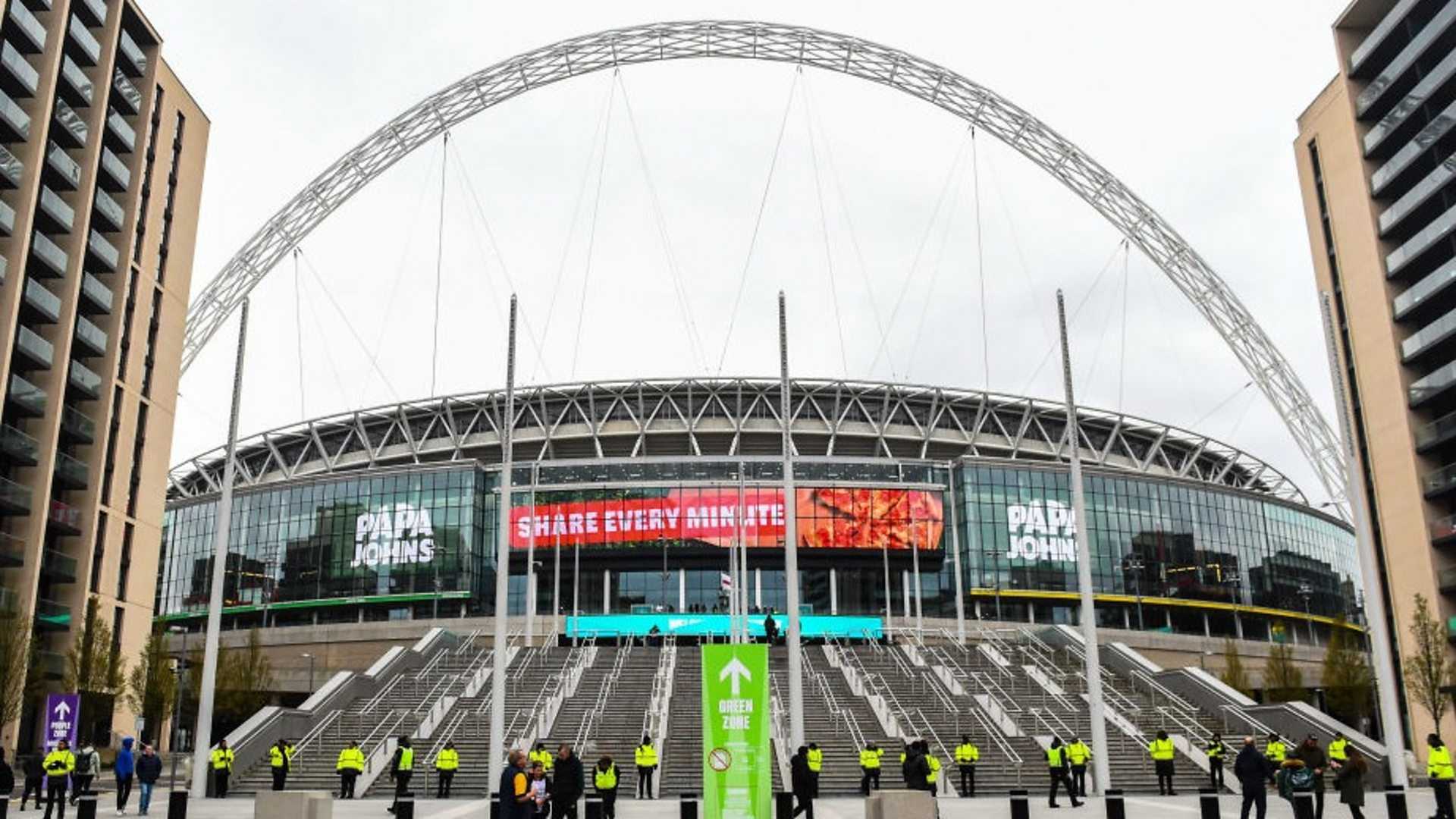News
Wembley Stadium Introduces Sustainability Rider for Live Events

Wembley Stadium, owned by The Football Association (FA) and with a capacity of 90,000, has announced a new sustainability rider aimed at promoting environmental awareness within the live events sector. The FA noted that the rider underscores the significance of sustainability in the stadium’s operations and offers recommendations, advice, and guidance for all organizations, promoters, and touring artists hosting events at the venue.
Mark Lynch, Director of Wembley Stadium, stated, “Sustainability, and reducing the impact of large events, is integral to our ambition to provide a world-leading, inspirational venue. This new sustainability rider sets out our vision and values. It will act as a conversation starter with artists, promoters and event owners, to see how we can work together to make a positive impact on the environment and local community around us.”
In a recent development, the band Coldplay announced that their upcoming show at Wembley Stadium will be powered entirely by solar, wind, and kinetic energy, collected both at the venue and in other locations across the UK. This was described as a world first for a stadium show, highlighting the potential for innovative energy solutions at live events.
Ruaidhri Dunn, the FA’s Head of Procurement and Sustainability, expressed pride in the FA’s achievements in enhancing its sustainability practices over recent years. “We are very proud of our achievements in recent years to continually improve how we embed sustainability, including Wembley Stadium maintaining the ISO20121 standard for sustainable events management,” said Dunn. “However, we want to make further progress. This new sustainability rider will enable us to move forward with the next phase of our sustainability efforts.”
Last year, the FA unveiled its “Playing for the Future” strategy to advance its environmental objectives through to 2028. Central to this strategy is the reduction of Wembley Stadium’s environmental impact, with specific goals including decreasing energy consumption, minimizing waste, improving recycling rates, conserving water, and positively influencing stakeholders.












